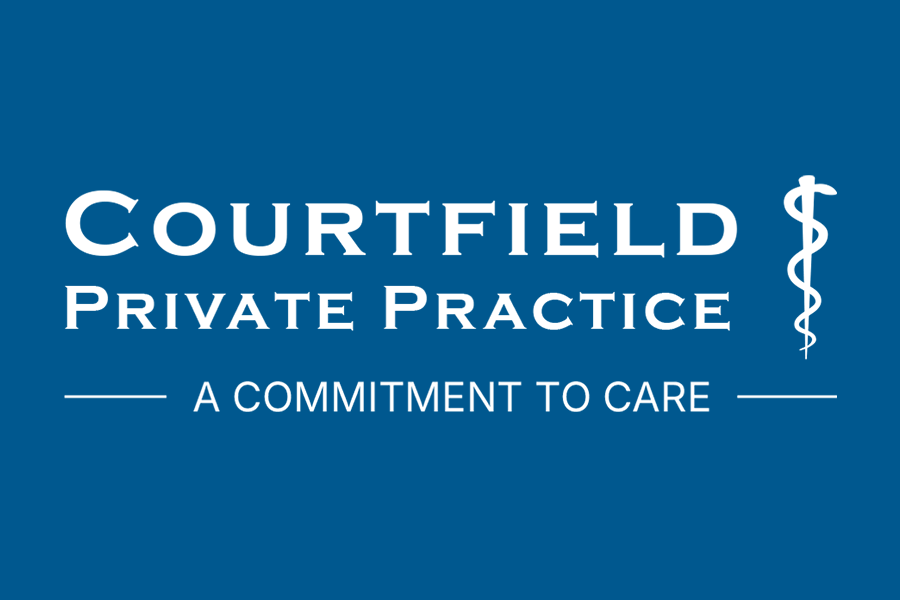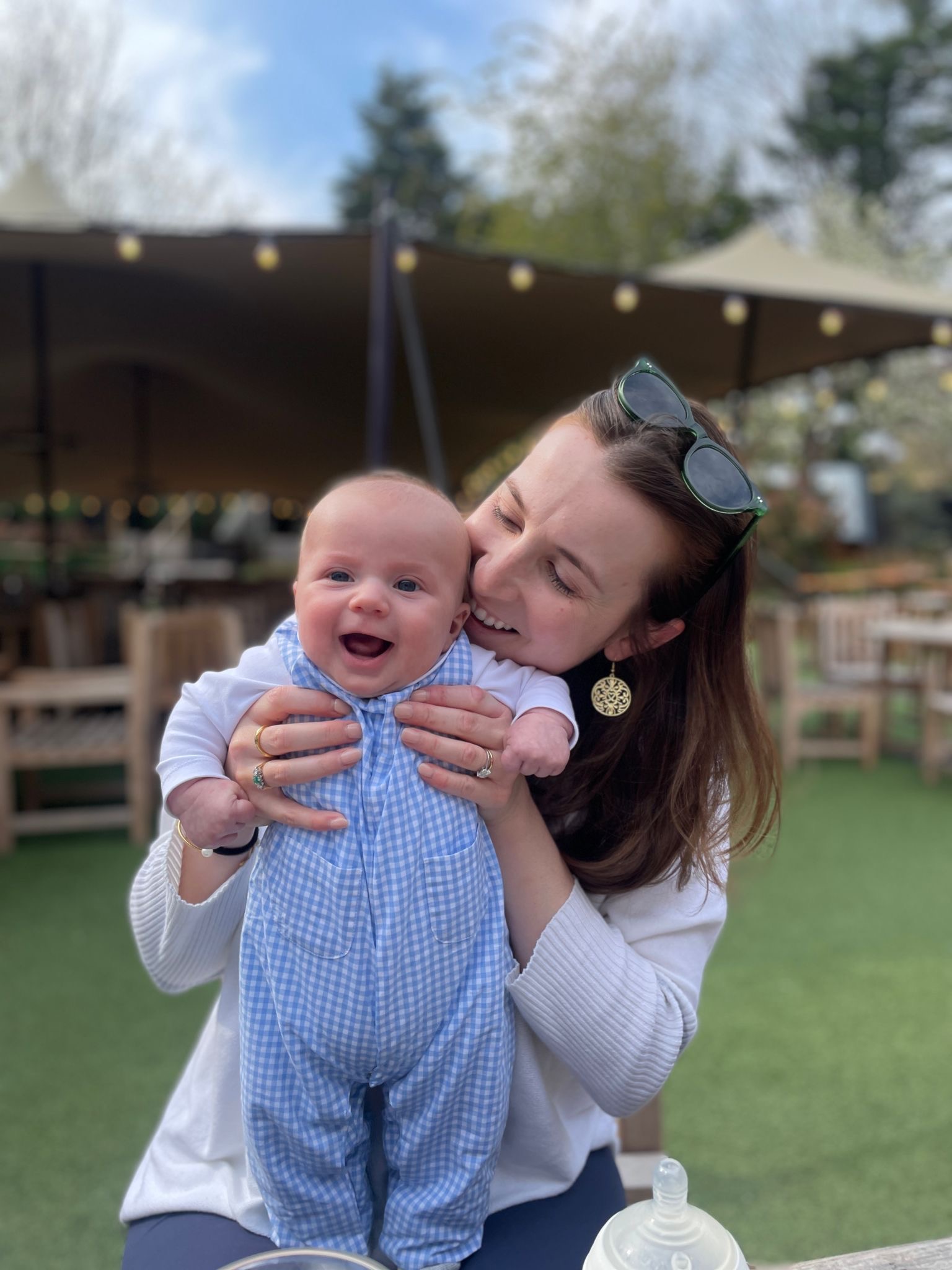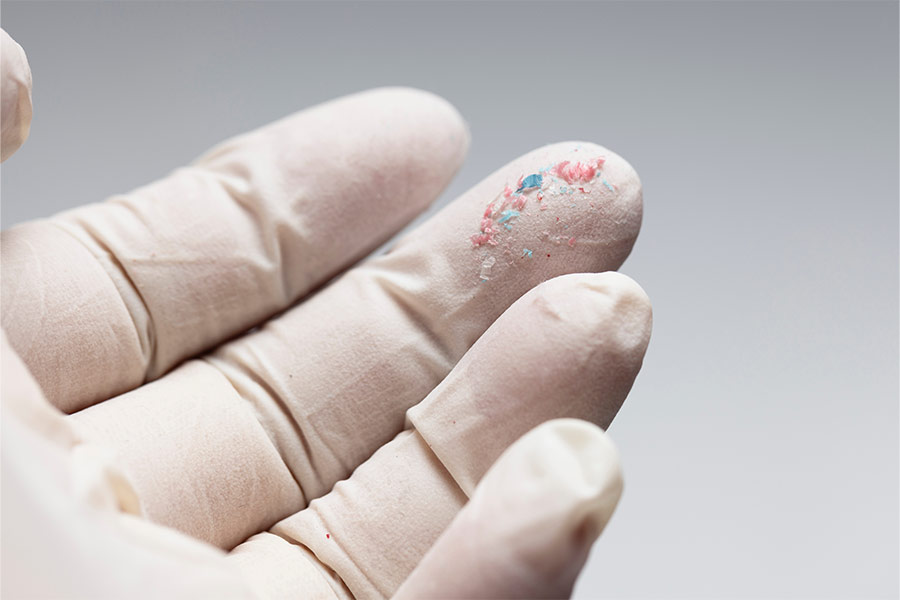Dear Courtfield Patient,
New cases of COVID-19 in our Community remain very low, with only a handful of cases reported in the borough of Kensington and Chelsea last week.
Further good news in the hospital setting, where Remdesivir has been approved as the first effective treatment for use in patients with progressive symptoms.
However the easing of the lockdown represents an opportunity for the virus to reassert itself, and it remains vital to follow the guidelines on social distancing, regular hand washing, wearing masks when inside public places or travelling on public transport .
At Courtfield, as we gradually increase the number of face-to-face consultations ,we will ensure that the building remains a safe environment for you to visit by spacing out appointments to keep waiting times to an absolute minimum. If for any reason you do have to wait, then we have created four separate waiting zones to maintain social distancing.
An update on testing
We have now processed nearly 400 tests , with 23% of these being positive for IgG made against the nucleus of the virus.
It is clear from the results, that some of you have clearly had the clinical symptoms COVID-19 but have tested negative (this is particularly clear in members of the same household who have all been ill at the same time).
Whilst this may be due to a false negative result ( reported to occur in 1 out of every 200 tests), it seems more likely that there is an alternative explanation.
It may well be that a recent paper in the Journal “Science” gives us a clue to why this is the case. The study demonstrated that some of us have “ memory lymphocytes” which recognise COVID-19, as being similar to infection with another member of the Coronavirus family in the past. In those individuals, this immune memory allows us to respond to COVID-19 without necessarily producing significant amounts of IgG.
As the current IgG test is the only one available at the present time, such individuals may well therefore test negative.
It is likely that in the months ahead, testing will become more sophisticated – particularly in looking for other proteins of the virus to which we may make antibodies, such as the spike protein.
One of our patients who tested negative for IgG, despite clearly having symptoms of COVID-19 and belonging to a family with other members who had tested positive, had an additional sample checked for the spike protein by Professor Johnston’s team at Imperial College who is leading research into coronavirus immunology. Unfortunately this was negative and clearly more research is needed in finding a totally reliable test.
Home testing kits
The Doctors Laboratory have paused the sending out of home testing kits, pending a formal review of all methods of home testing by the Medicines and Health Regulatory Authority. We are informed that there are no concerns about the Abbott/Doctors Laboratory particular method of testing, and we expect testing home testing to resume in the near future. Meanwhile our nurse continues to offer appointments for testing at the practice two days per week.
Pets and animals
In response to the patient who was worried about her dog possibly having COVID-19 and wished him to be tested, we have no plans to set up a Courtfield Veterinary Practice!
Back to school
Schools open for certain year groups this week, amid understandable concerns that that it may lead to increased cases of infection in children with onward spread to the adult population.
As previously discussed, children exposed to COVID-19 often do not develop symptoms at all or if they become unwell the vast majority experience only mild symptoms. There have been a few tragic exceptions , and we have previously discussed the severe multi system inflammatory condition associated with COVID-19 (“atypical Kawasakis disease”). It is important to emphasise that this is incredibly rare, and that no children in the largest case report from Italy have died from this condition.
The risk to otherwise healthy children however seems minimal, but what about the risk of them spreading the disease to adults?
Unfortunately the evidence is still not clear about this, but a study published last week in the Archives of Diseases of Childhood, provides some reassurance.
It described an outbreak in children in an Australian school, and showed that there was no significant spread to adults and teachers from the children.
Although this is a very small study, it adds weight to the current view that adults are more likely to contract COVID-19 from another adult, rather than from children.
Whilst for healthy children a return to school would not appear to carry significant risk, for those with other medical conditions such as auto-immune conditions or respiratory disease a more cautious approach may be appropriate, until the evidence is clearer.
Please contact one of us should you wish to discuss this further.
Putting the risk in perspective
For the vast majority of us – of whatever age – if we do catch COVID-19, we will make a full recovery.
Current statistics from the UK show that the total number of deaths from COVID-19 in healthy adults below the age of 40 is 33, of whom 3 were under the age of 19. This compares to 49 people being killed in the UK by lightning last year.
The total number of deaths in healthy adults under the age of 60 from COVID-19 is 253. This compares with 400 people killed by accidental drowning last year.
Conclusion
The next two to four weeks will be a critical period, during which we will start to understand whether the easing of lockdown will lead to a rise of cases above an acceptable level.
There are reasons however for being realistically optimistic, i.e that there may be a greater immunity in the community than we are able to prove by testing, and therefore we will not see a second spike in this capricious illness.
It remains absolutely vital however that we keep up our guard and continue to follow the current common sense guidelines.



